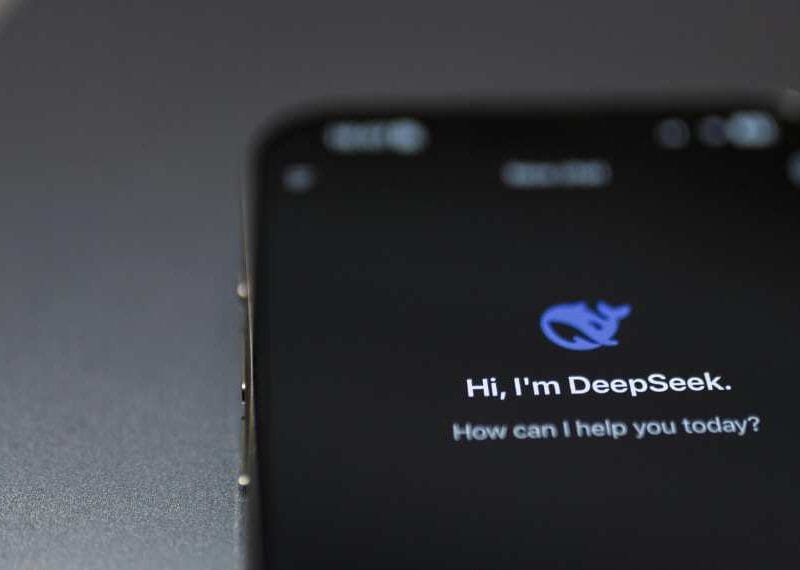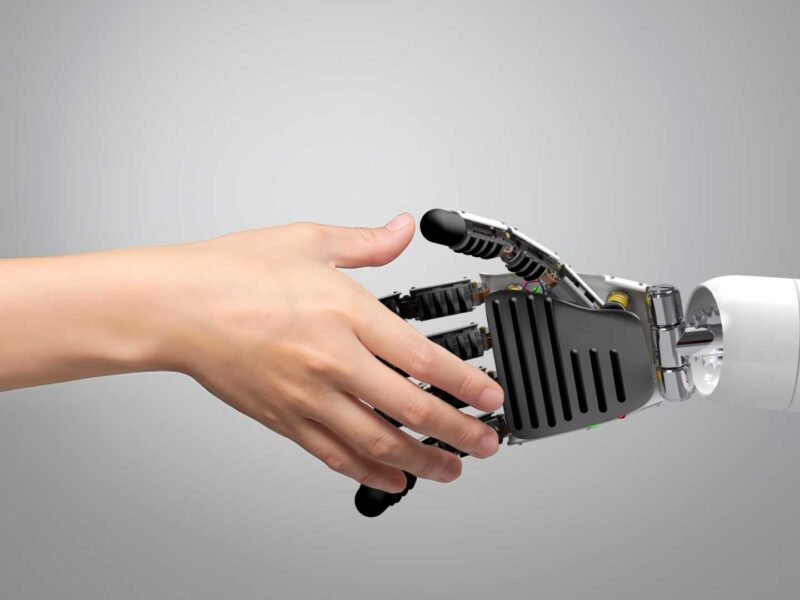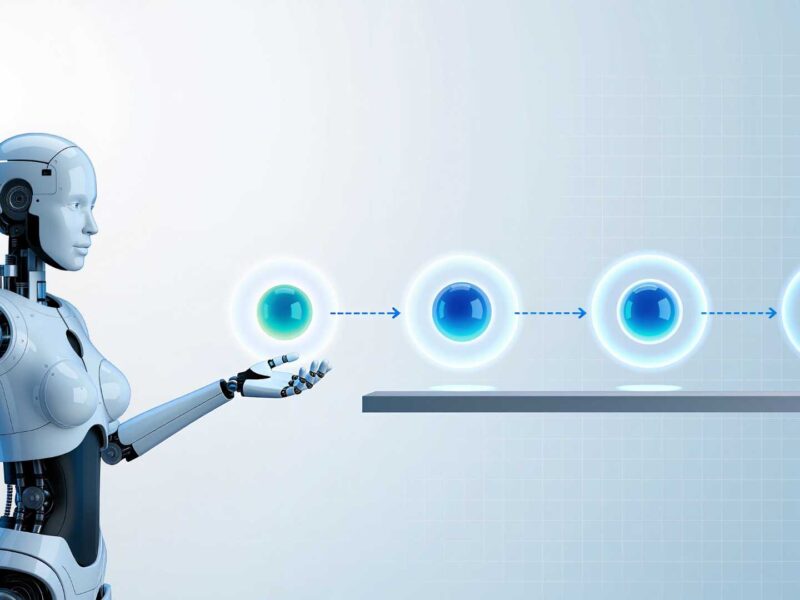Trust Through Design: How UX Can Prove Sustainability in Real Time
In commercial design, technical expertise converges with strategic insight, blending creativity with business objectives in a rapidly evolving tech landscape.
Building a successful career demands balancing artistic vision with practical skills and adaptability to industry shifts.
This Techronicler article gathers actionable guidance from business leaders, thought leaders, and tech professionals to empower designers.
From mastering AI-driven tools to honing strategic communication and navigating market demands, these experts offer insights on developing essential competencies.
By addressing challenges like technological disruption and client expectations, their advice equips designers to excel, innovate, and build sustainable careers in the dynamic world of commercial design.
Read on!
Live Data Turns Sustainability into Verifiable Feature
It would be wiser for designers to step away from sustainability claims based on mere static considerations to designs that incorporate live data-for instance, carbon footprint trackers or supply chain updates-on the interface itself.
Transparency then becomes an interactive feature that users can explore and verify themselves.
My advice: treat sustainability as an open product feature-measurable, visible, and impossible to fake.

Spencergarret Fernandez
Founder & CEO, SEO Echelon
UX Transforms Pledges into Participatory Proof Points
UX designers can go beyond static sustainability claims by integrating real-time, verifiable data directly into interfaces, making impact visible and measurable. This could include live carbon footprint tracking, supply chain maps that update as products move, and dynamic metrics pulled from IoT sensors or certified APIs.
Users should be able to drill down into the source data, ensuring claims are backed by transparent, third-party verification rather than marketing language.
By embedding these proof points into core interactions, such as showing emissions saved at checkout or offering clickable certifications, designers turn sustainability into an ongoing, participatory experience.
This approach transforms transparency from a passive statement into an active trust signal, positioning environmental responsibility as a tangible part of the product journey rather than a hidden corporate pledge.

Luke Hickman
Chief Marketing Officer, Bird Digital Marketing Agency USA
Beyond Badges: Interfaces Surface Real Sustainability Data
Transparency becomes tangible when interfaces surface real data rather than marketing copy.
Instead of a static badge saying “eco-friendly,” integrate live metrics such as current energy consumption, carbon offset credits used or supply-chain provenance.
A clothing brand could let users scan a QR code to see the garment’s journey, verified by third-party audits or blockchain entries, while dashboards on product pages update with real-time emissions data.
Designers can also build opt-in widgets that allow customers to track company sustainability goals over time and compare them to industry averages.
Embedding concise data visualizations and links to independent sources demonstrates accountability and empowers users to make informed choices.
Dragutin Vidic
Founder & CEO, Theosis App
Proof Over Promises: Visualize Sustainability Commitments
I have noticed recently that a lot of our clients seek authenticity in sustainability, not just trendy buzzwords.
Imagine an interface that goes beyond simply stating, “We’re carbon neutral.” Instead, it visualizes this commitment in real time.
Picture a live graph showing emissions saved, a dynamic counter tracking renewable energy usage, or an interactive map highlighting green suppliers. Users could click through to access supporting data behind each claim, such as energy certificates or snapshots of carbon-offset projects.
In the above example, the goal would be to integrate real-time data feeds, encourage interaction and allow users to explore, question and verify every eco-metric.
From experience by embedding proof, rather than just promises, into every aspect of the user experience, you can transition from merely making claims to demonstrating true accountability.

Tom Molnar
Business Owner & Operations Manager, Fit Design
Sustainability: An Experience, not Just a Claim
Although I don’t hold the title of UX designer, I work very closely with fintech and B2B platforms on issues relating to user trust, SEO-driven design systems, and real-time data storytelling, particularly concerning sustainability, compliance, and transparency-led content.
Making Sustainability Experience-Based Rather Than Being a Claim
To go beyond generic claims, UX designers should build live data feeds into the product interfaces to display real-time impact data—metrics oriented to carbon saved per order or updated supply chain source maps.
Those data should be teamed with micro-interactions for encouraging users to explore the “why” of the data presented through simple language and visualizations.
Transparency isn’t something in a press release.
It is supposed to be an integral feature of a user’s journey—a user journey that is visible and interactive.
Third-party audit data and open APIs should be surfaced. Clickable “proof of impact” receipts included.
If this information is incorporated into the product in a way that it feels part of the product study, rather than added later, it will go far toward cementing its credibility.
Quantifiable UX Transparency is a Conversion Strategy
At iMoving, we learned that UX transparency isn’t a design feature, it’s a conversion strategy.
Consumers today don’t just want to hear about sustainability, they want to see its receipts. When we launched our Moving Labor service, we baked in real-time CO₂ offset estimates based on route optimization, truck size, and load weight. This feature alone increased our engagement time by 28% and reduced cart abandonment by 16%.
People weren’t just curious, they were reassured. We didn’t slap a “green” badge on the screen. We showed them how their move contributed to a lower carbon impact, in real numbers.
The real mistake in UX today? Thinking of sustainability as a checkbox. According to the EPA, transportation accounts for nearly 29% of U.S. greenhouse gas emissions. That’s not a marketing stat, it’s a design challenge. The UX of the future doesn’t decorate the truth. It quantifies it.
UX Must Prove Sustainability with Honest Data
When UX designers aim to prove sustainability in real time, it requires more than clean visuals or clever messaging.
The interface must mirror information that is verifiable, up to date and grounded in the reality of how the system is operated. This implies being in close cooperation with engineers so that whatever users will see is supported by the behavior of the product.
It’s not about overwhelming users with complexity. It is being able to provide clarity at the right places, namely providing them with assurance of what is being stated.
Trust cannot be developed using design alone. However, when combined with accountable systems and honest data it is a powerful tool of change.
That’s the direction UX needs to go, not just saying what you stand for but showing it in a way that’s honest, clear, and steady every step of the way.

Eng. Juan Montenegro
Founder, WalletFinder
Turn Sustainability into a Verifiable Experience
The users should have the possibility to trace the story of a product without digging. That may take the form of interactive source-sinks of sourcing, emissions, or materials use, embedded within the flow-but spelled out in a way that does not require technical skill.
The idea is that people can go find out their own answers amid authenticity instead of people having to believe it just because you said so.
And something I have learned on the way to developing trust in creative tools; when you can give people a glimpse of what is going on behind the scenes, even if it is a tiny bit, you are rewarded with attention and trust.
The same principle can turn sustainability into a component of the UX. It is not a message, it is a layer that can be seen and navigated that supports what you believe.

Jessie Brooks
Product Manager, Davincified
Radical Transparency: A Core UX Feature
UX designers can create interfaces that enable radical transparency by shifting from static reporting to dynamic, real-time data visualization of a company’s sustainability efforts.
This involves integrating live supply chain tracking and granular carbon footprint metrics directly into the product journey, utilizing interactive dashboards that allow users to explore the lifecycle of a product from raw material to consumption.
The objective is to make sustainability a core feature, not an afterthought, by providing a verifiable, data-rich narrative that builds trust and contextualizes environmental impact.
On behalf of the Techronicler community of readers, we thank these leaders and experts for taking the time to share valuable insights that stem from years of experience and in-depth expertise in their respective niches.
If you wish to showcase your experience and expertise, participate in industry-leading discussions, and add visibility and impact to your personal brand and business, get in touch with the Techronicler team to feature in our fast-growing publication.














